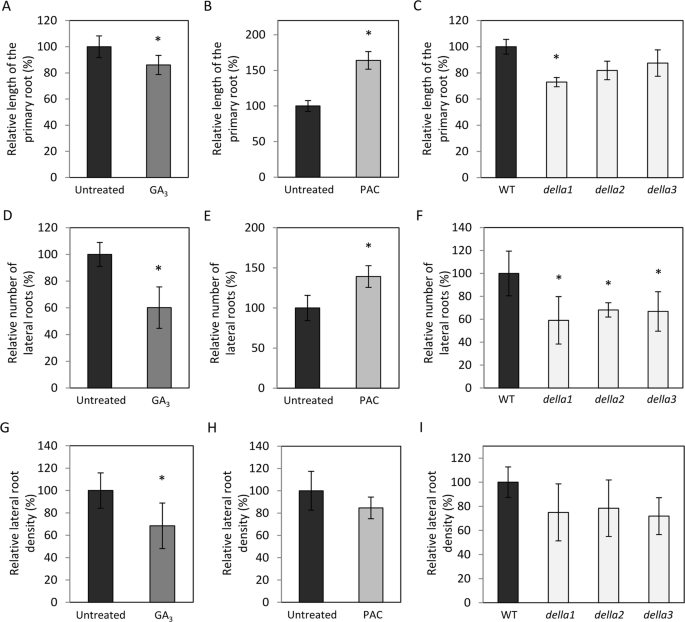Understanding Gibberellins' Impact on Medicago truncatula Root System Architecture

Introduction to Gibberellins and Root System Development
The root system of Medicago truncatula exhibits remarkable plasticity, crucial for adapting to varied environmental conditions. This plasticity is closely tied to the activity of root apical meristems (RAMs) and the formation of lateral roots.
Gibberellins' Role in Other Plant Species
In Arabidopsis thaliana, gibberellins positively influence RAM growth and lateral root formation. However, recent studies reveal a different scenario in Medicago truncatula.
Key Findings on Gibberellin Regulation
- Negative Regulation: Gibberellins negatively regulate RAM size and overall root growth.
- Influence on Lateral Roots: GAs decrease the number of lateral roots formed.
- Mechanisms Explored: The MtDELLA1 protein plays a critical role in how GAs affect root architecture.
Conclusions and Implications
These results indicate that gibberellins exert contrasting effects on root system architecture, varying significantly by plant species. Understanding these mechanisms provides critical insights into plant adaptation strategies.
This article was prepared using information from open sources in accordance with the principles of Ethical Policy. The editorial team is not responsible for absolute accuracy, as it relies on data from the sources referenced.